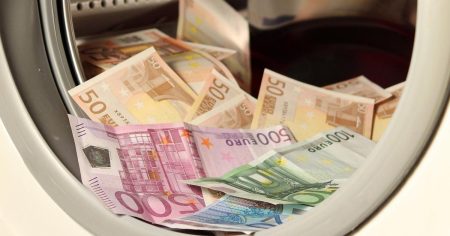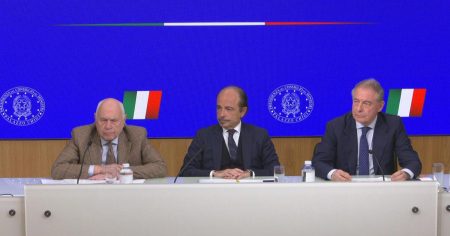The official announcement is expected today for the creation of the “United States of Europe” list, in view of the European elections from June 9. This list is intended to support the Renew Europe group in the European Parliament, which includes leaders such as French President Emmanuel Macron. Proposed by Emma Bonino on February 24, the list has the enthusiastic support of Italia Viva. Carlo Calenda, however, continues to oppose any political initiative with Matteo Renzi after the failure of the Third Opposition Pole project. Despite this, he wished them luck with the new project and expressed his respect for their decision.
There seems to be some internal disagreement within +Europa, which might be why the official announcement of the agreement has not yet been made. A faction of the party close to Federico Pizzarotti has raised concerns about the potential alliance with Italia Viva. They emphasize that the national directorate has not approved this list or discussed a formal joint proposal for electoral participation by the Secretary and President, as required by the party’s statutes. This issue remains unresolved as the parties continue to negotiate and work towards a consensus.
Meanwhile, Clemente Mastella, the mayor of Benevento and leader of “Noi di Centro,” has expressed his openness to joining the “United States of Europe” list. Despite stating that he is not a candidate, Mastella is considering the final conclusions and composition of the lists. He highlighted the challenges of forming a centrist alliance compared to the United States, given the complexities involved. Mastella also mentioned his good relationship with Renzi and his commitment to serving as the mayor of Benevento, leaving open the possibility of his wife, Sandra, running for office.
As the negotiations and discussions continue among the various political parties involved, the formation of the “United States of Europe” list remains a topic of interest and speculation in the lead-up to the European elections. The potential alliance between Italia Viva, +Europa, and other centrist parties reflects a broader trend towards coalition-building and cooperation in the current political landscape. The decision-making process and the final composition of the list will determine the direction and impact of this new political initiative in the European Parliament. Voters and observers will be closely watching the developments in the coming weeks.
Overall, the formation of the “United States of Europe” list represents a significant development in the European political scene, with implications for the upcoming elections and the broader discussions around European unity and cooperation. The involvement of key leaders such as Emmanuel Macron and support from various centrist parties underline the importance of this initiative in shaping the future direction of the European Union. As the parties navigate internal disagreements and work towards a common platform, the success of this alliance will depend on their ability to unite behind a shared vision and mobilize support from voters across Europe. The coming weeks will reveal more details about the list and the potential candidates, offering insight into the evolving dynamics within European politics.
















